- Author: Ben Faber
In a recent article in Fresh Plaza, the flood of imported jackfruit is reported. As recently as 2 years ago, I saw jackfruit advertized on Amazon for nearly $10 a pound. These babies regularly weigh in at 10-20 pounds. In their homeland, they regularly clock in at 80 pounds and more. I've recently seen fruit sold locally at Vons, Sprouts and Whole Foods for $4 for 20 pound beasts. That's still a hefty return. I saw the same fruit in the same stores for weeks on end. No body was willing to buy it. It was fruit imported from Mexico. I've seen similar fruit at the local swap meet where it's sold by the piece for $2 a pound. Still a nice price. Jackfruit can be grown in Southern California and until recently, a small grower could make a nice amount of money on the sale of the fruit. But as this article reports, at 28 cents a pound its hard to make money. We can grow it, but someone can always grow it more cheaply it seems
Fresh Plaza is a free subscription daily newsletter.
Influx of jackfruit into US market
https://www.freshplaza.com/article/9113152/influx-of-jackfruit-into-us-market/
There is plenty of jackfruit available in the US right now as peak season continues in the Mexican growing regions. Over the past month, the market has become saturated with fruit leading to a wide range in prices and also quality. The peak of the season occurs in May and June so there is still several weeks to go until the market starts returning to normal.
"There is lots of jackfruit saturating the market right now," said Scott Miller of LA-based Tropic Trading Co. "We source them from Nayarit and are currently in the middle of peak season. There is all kinds of quality out there and prices have been all over the place, anywhere from between 28c per lb to 40c per lb."
Miller added that demand drops as summer progresses due to the presence of other fruit. "Demand usually drops in the peak summer months because there are so many other fruits available," he said. "People do eat jackfruit year-round but especially in California, there are a lot of stone fruit and other summer fruits that vie for consumers' attention."
Photos: Jackfruit interior and a tree growing in Long Beach
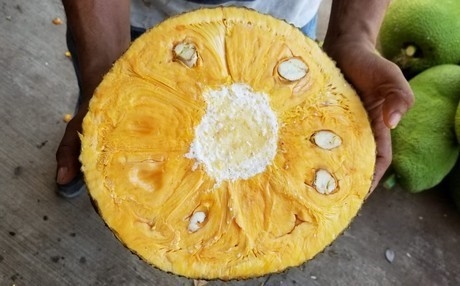
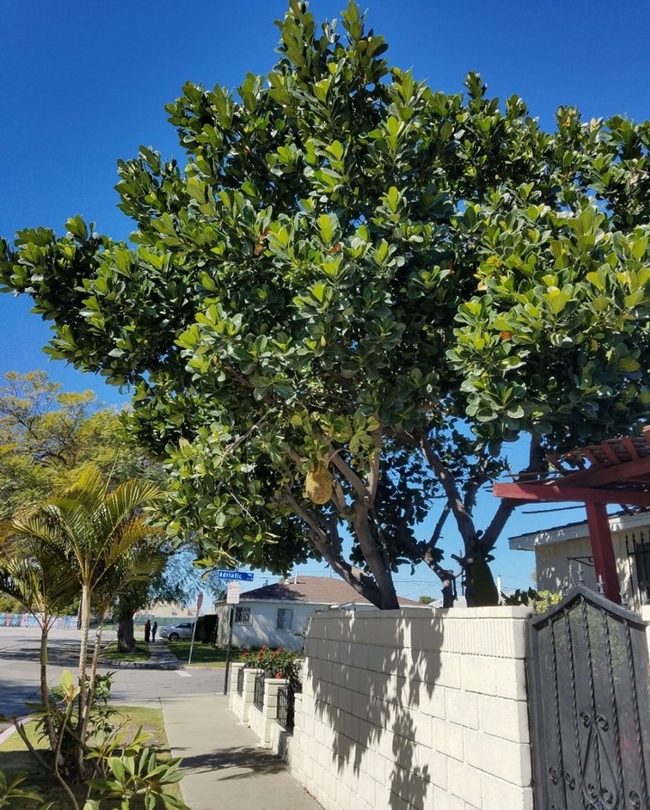
- Author: Ben Faber
Snails and Slugs (May 22, 2019 from 3-4pm)
Presenters: (!) Dr. Cheryl Wilen (UC IPM), (2) Dr. Rory Mc Donnell and (3) Dr. Dee Denver (Oregon State University), (4) Dr. Adler Dillman and (5) Dr. Irma De Ley (UC Riverside). The webinar will cover an overview of snail and slug biology, damage and management with emphasis on brown snail and Italian white snail, and current research on slug biocontrol using nematodes. One DPR CE unit (other) and one CCA CE unit (IPM) are approved.
And What Else Are the
UC Ag Experts
Talking About? 

| Event Name | Date |
|---|---|
| UC Ag Experts Talk: Snails and slugs | 5/22/2019 |
| Uc Ag Experts Talk: Management of Weeds in Citrus Orchards | 6/19/2019 |
| UC Ag Experts Talk: Citrus Dry Root Rot | 7/24/2019 |
What is involved in the webinars?
A series of 1 hour webinars, designed for growers and Pest Control Advisors, will highlight various pest management and horticultural topics for citrus and avocados. During each session, a UC Expert on the subject will make a presentation and entertain write-in questions via chat during and/or after the presentation. As we develop this program, we may expand to other crops.
Topics: pests and diseases of citrus, avocado and other crops
And Next up is:
Management of Weeds in Citrus Orchards (June 19, 2019 from 3-4pm)
Dr. Travis Bean, assistant weed science specialist in UCCE, will discuss the importance of weed management in citrus, tree age and variety considerations, scouting and weed identification, cultural and mechanical practices, and pre- and post-emergence herbicides. One DPR CE unit (other) and one CCA CE unit (IPM) are pending.
Register in advance for the webinars by clicking on the event links above.
Are there Continuing Education units?
When the subject discusses pest or disease management, continuing education units will be requested from DPR (1 unit per session). Participants will pre-register, participate in the webinar and be awarded the unit. The sessions will be recorded and hosted on this web site for future study. However, continuing education units will be awarded only to the participants who attend the live version of the webinar.
Who is involved?
This webinar series is brought to you by Ben Faber (UC ANR Ventura Advisor) and Dr. Beth Grafton-Cardwell (Depart of Entomology UC Riverside Extension Specialist) with the technical support of Petr Kosina (UC IPM Contect Development Supervisor) and Cheryl Reynolds (UC IPM Interactive Learning Developer).
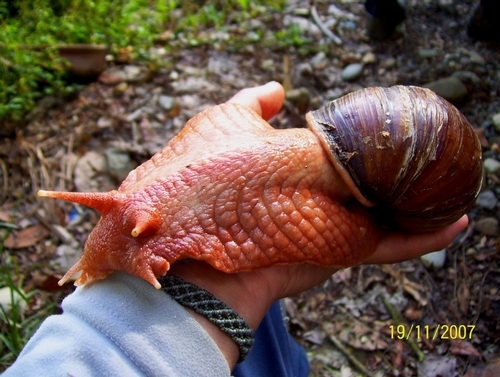
- Author: Ben Faber
It seems the world is attacked on all sides, including the iconic citrus and avocado industries in California. Aside from the other agricultural issues all growers have of water, labor, costs, weather, family, you name it, citrus and avocado growers have particular problems. There is Asian Citrus Psyllid/Huanglongbing for citrus and the Shot Hole Borers for Avocado. The latter is a beast that is going to lay waste to many other tree species besides avocado, like sycamore, coast live oak, native maple and many other tree species.
Citrus and avocado are still strong industries in California and will remain so as solutions to these pest invasions are dealt with. But we are coming up to the time when maybe other tree crops should be considered. These alternative tree crops come with new promise, but they also come with problems. You have to figure out how to market them. The California industry knows what to do with an avocado and a grower knows where to go with a ‘Gold Nugget' mandarin, but what do you do with a longan or cherimoya. You figure out how to market it, through direct marketing at farmers markets or the internet, some specialty marketer like Frieda's Finest or Melissa's or your regular packer who has taken an interest in your product.
I've spoken with growers who say they have grown such and such for four generations and they are not adjusted physically or psychologically to grow anything else. Well, it is good to stick with what you know best and refine it for current conditions, but it's also good to keep options open. Stick to what is best for your situation and support the studies needed to make citrus and avocado strong industries, but also think about maybe something else.
Here's links to tree crops that do well in Southern California and for that matter can be adjusted to much of California. Just watch out, it gets cold north of the Grapevine and San Luis Obispo and options are more limited with subtropicals, but think deciduous.
Subtropicals
http://ceventura.ucanr.edu/Com_Ag/Subtropical/Fruit_and_Nut_Varieties/Citrus_and_Other_Subtropicals/
Deciduous
http://ceventura.ucanr.edu/Com_Ag/Subtropical/Fruit_and_Nut_Varieties/Deciduous/
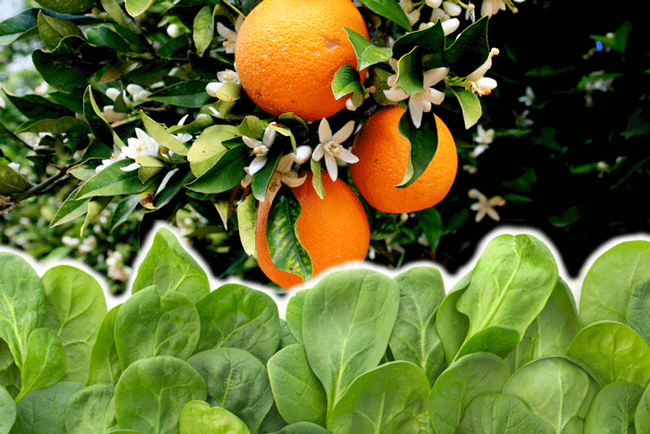
- Author: Ben Faber
Meet the Buyer: An L.A. Produce Market Tour for Los Angeles Growers and Food Advocates
Do you want to find new channels for selling your produce and make connections with produce buyers? Join us on a one day tour of produce distributors in the L.A. area where you will meet with senior buyers and leaders at these distribution companies committed to building their local base of suppliers:
Santa Monica Farmers' Market - our early start will allow for a special behind-the-scenes market tour to learn about the vibrant business-to-business transactions occuring there every week.
Space Exploration Technologies - meet the culinary team feeding the folks at the frontier of space exploration seasonally-inspired menus, much of it sourced from farms nearby.
Whole Food Distribution Center - talk with buyers committed to small, local and organic producers at the new state-of-the-art distribution facility and enjoy a yummy lunch.
Heath & Lejeune - learn the art of distributing orgranic produce from a seasoned buyer / seller.
These high-level buyers are positioned to appreciate your farm and products—whether organic, local, family-owned, sustainably grown, or high quality specialty crops. You'll gain an understanding of what it takes to work with them, have a chance to network with other farmers, and learn tips on how to tell a compelling story about your farm and its products that will expand your sales opportunities. This tour will be valuable for ANY farmer who wants to learn more about different distribution channels for their products, as well as for healthy food advocates and policy makers who want to have a better understanding of what small farms need to do in order to connect with willing buyers.
Space is limited; advance registration is required. Please reserve your space by December 4th, 2015. Lunch and snacks will be provided. There is no charge for this tour thanks to our generous sponsors.

Sign up at:
https://www.eventbrite.com/e/meet-the-buyer-an-la-produce-market-tour-for-los-angeles-growers-and-food-advocates-tickets-19216471985
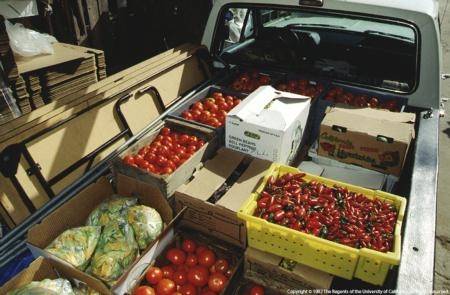
- Author: Ben Faber
This is a great website to view plant nutrient symptoms by plant or by nutrient. It is of ornamental plants, but hey, once you can see it on one plant you will something very similar on avocado, lemon, apple, almond, lychee or whatever alphabetic fruit you work with. Kudos to University of Florida. Of course once you see what iron deficiency looks like, you'll be able to identify it on most other plants:
http://hort.ufl.edu/database/nutdef/index.shtml
Below is Boron toxicity from a grower who got too excited about correcting B deficiency,




